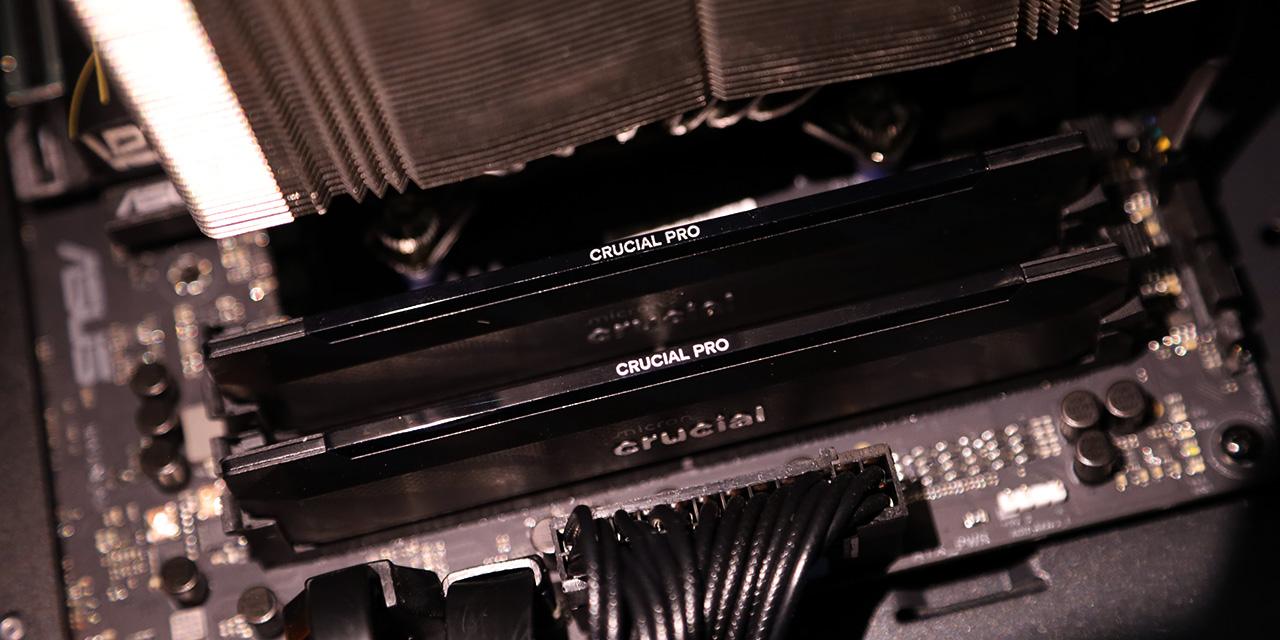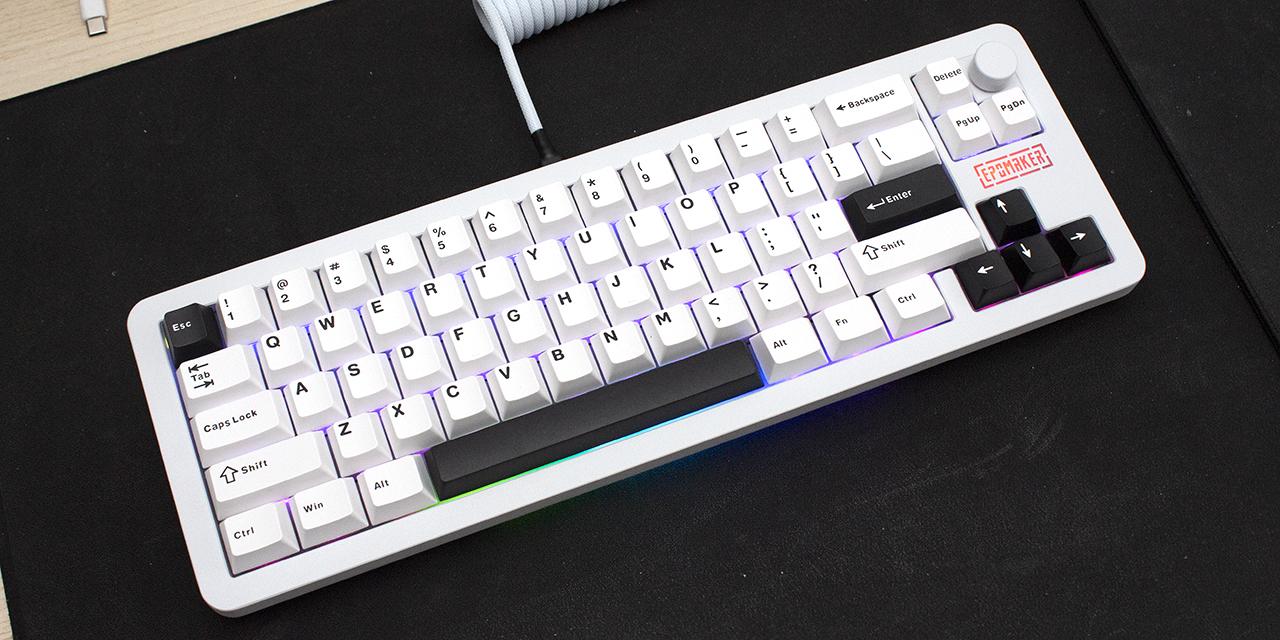|
From InfoWorld: Intel and Micron plan to further shrink NAND circuitry, doubling the density of their flash chips and further reducing the cost of SSD (solid state drive) storage. IMFT (IM Flash Technologies), Intel and Micron's joint venture, released 25 nanometer (nm) circuitry a little over a year ago. Early this summer, the company plans to release an enterprise-class SSD based on 20nm circuitry and the PCIe expansion card standard. "This will be the industry's leading drive," Kevin Kilbuck, Micron's director of strategic marketing for Micron's NAND Product Group, told Computerworld at the Storage Networking World conference here this week. The new PCIe card, called the P320h, is the successor to Micron's first enterprise-class SSD, the P300, which is based on SLC (single-level cell) NAND flash memory. The P320h will also use SLC NAND flash along with a technology based on a familiar acronym with a different twist: RAIN, or redundant array of independent NAND. RAIN is more commonly defined as "redundant array of independent (or inexpensive) nodes," which refers to the building blocks of a grid storage architecture that incorporates both processors and disk storage in one unit. View: Article @ Source Site |
 |
Intel, Micron to double SSD density by summer
© Since 2005 APH Networks Inc. All trademarks mentioned are the property of their respective owners.





